Rhinoplasty Swelling Stages & Recovery
People are usually concerned about the swelling. But there is no need to worry because swelling is a normal part of the healing process. It is caused by the body’s natural inflammatory response to the surgical trauma. The amount of swelling after rhinoplasty surgery will vary from person to person, but it is typically most noticeable in the first week or two after surgery.
Rhinoplasty, commonly known as a nose job, is a surgical procedure that reshapes the nose. It is one of the most popular plastic surgery procedures performed worldwide. Like any other cosmetic surgical procedure, rhinoplasty leaves some swelling during recovery. Let us discuss it in detail.
Usually, rhinoplasty swelling is categorized into three stages:
1. Acute Swelling (First 2 Weeks): The initial phase of swelling is the most noticeable and can last for up to two weeks. During this period, the nose will appear significantly swollen, bruised, and tender. Breathing may also be obstructed due to nasal congestion.
2. Subacute Swelling (2-4 Weeks): As the healing process progresses, the swelling gradually subsides. By the end of the fourth week, most of the noticeable swelling should have resolved, but the nose may still feel firm and slightly swollen.
3. Late Swelling (4-12 Weeks): Between weeks four and twelve after rhinoplasty surgery, most of the swelling should have diminished. However, some residual swelling may persist, potentially influencing the nose’s aesthetic.
Rhinoplasty Recovery Timeline
Here is the general timeline of rhinoplasty recovery:
Week 1: After the surgery, your plastic surgery specialist in Delhi will place a splint or nasal dressing, which is removed after seven days. You should rest properly and avoid touching or rubbing the nose during this time, as this can interfere with the healing process.
Week 2: After two weeks, you can return to work if your job doesn’t involve strenuous physical activity. If your job demands physical work, you may need to continue light duties for a few more weeks. Avoid strenuous activities for six weeks to prevent accidental bumps to the nose.
Week 3 and 4: At this time, most of the swelling should subside, and visible signs of surgery fade away. You can notice a more defined nose and start to appreciate the results of your rhinoplasty. At this stage, you can resume moderate exercise. However, if you underwent revision rhinoplasty or have thicker skin, some swelling might linger. In the case of revision rhinoplasty, the nose job cost increases.
Week 6: As the bones have fully healed and stabilized, you can now safely engage in weight-bearing exercises, wear glasses for improved vision, and blow your nose without any concerns.
Month 2-3: As you progress through the second and third months of rhinoplasty recovery, your face will steadily return to its familiar form, accompanied by the enhanced shape, size, and contour of your nose. However, be aware that the tip of your nose is highly susceptible to swelling, and subtle traces may linger for up to a year.
Month 6-12: Some rhinoplasty patients may experience persistent swelling at the tip of the nose for up to a year. This is particularly common for individuals with thicker nasal skin. Upon complete resolution of the swelling, the final rhinoplasty outcome will become apparent.
If you are considering rhinoplasty surgery, it’s better to consult a board-certified plastic surgeon to understand the recovery timeframe.

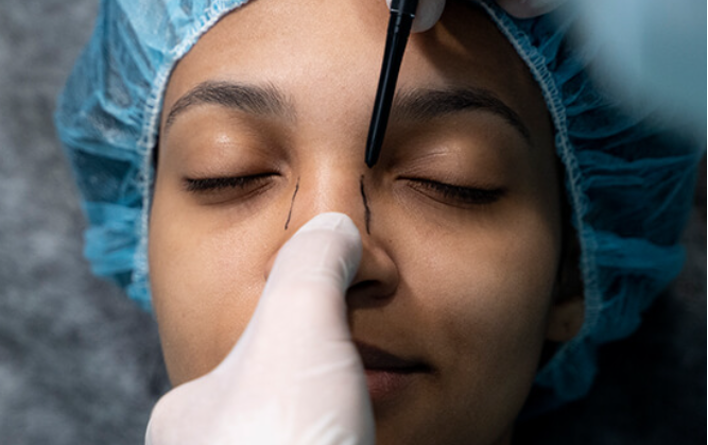
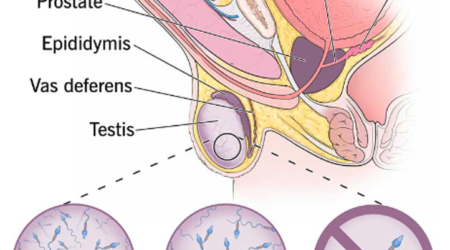

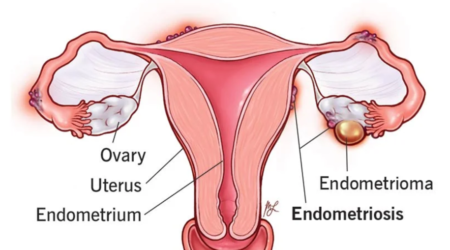

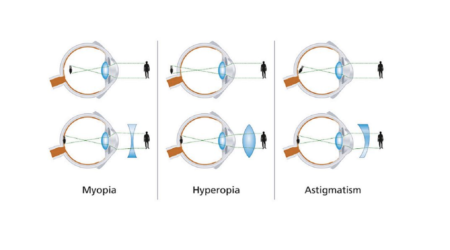
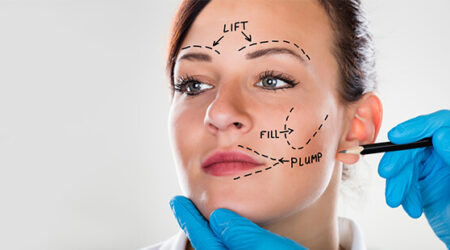
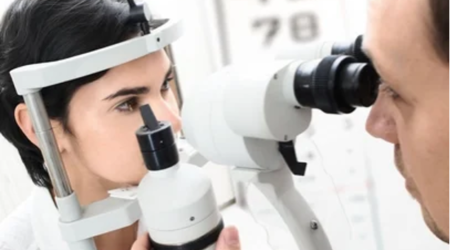

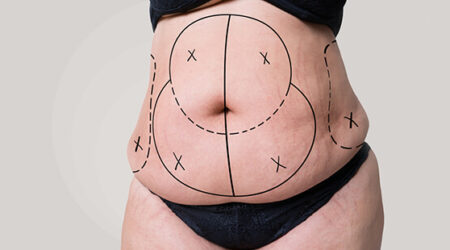
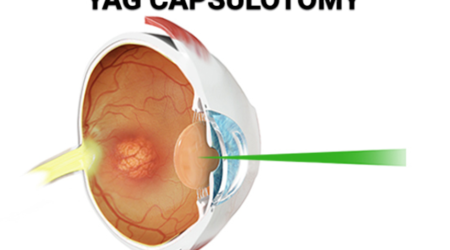
Leave a Reply